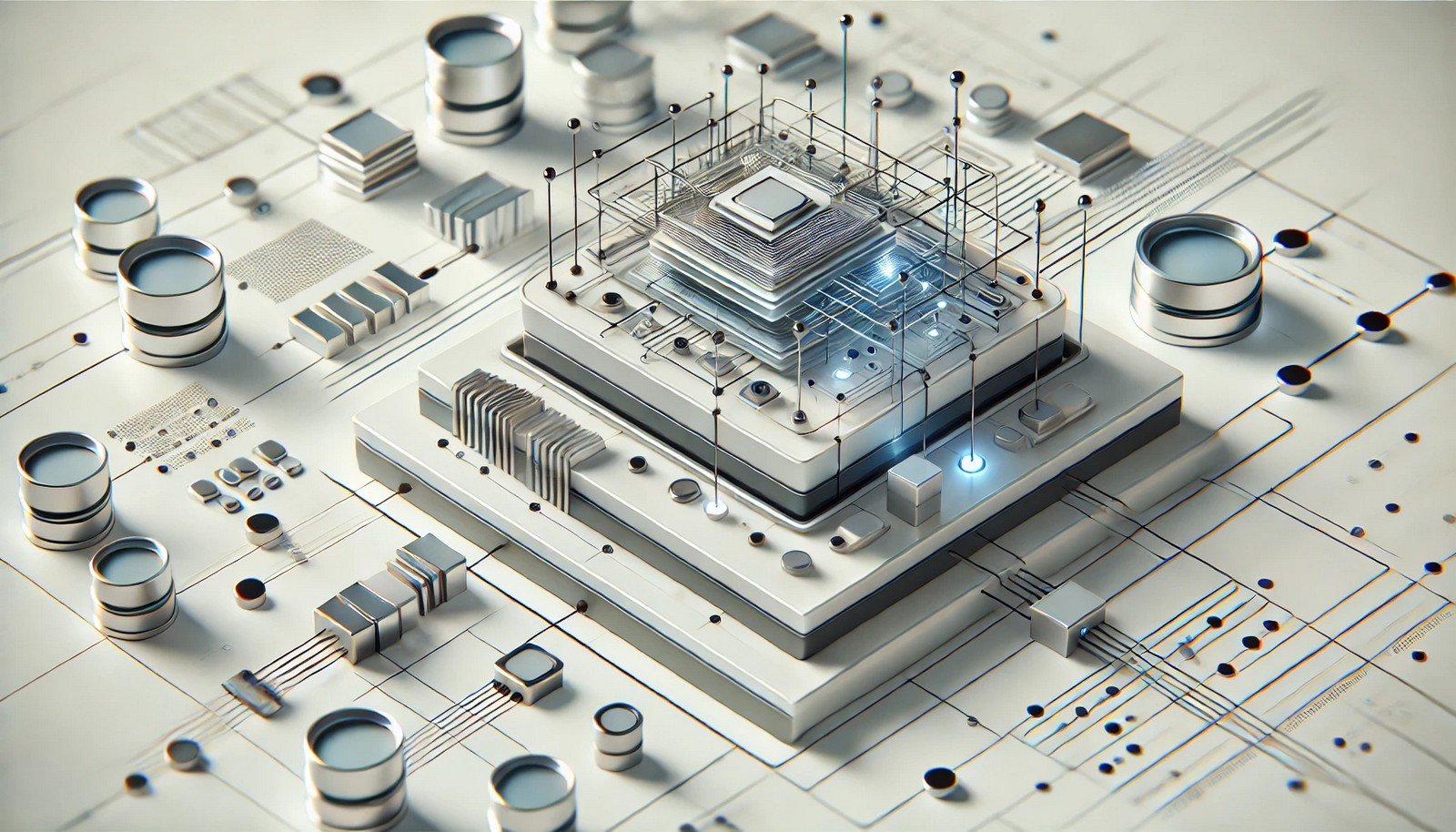AI Architecture

Quick Navigation:
- AI Architecture Definition
- AI Architecture Explained Easy
- AI Architecture Origin
- AI Architecture Etymology
- AI Architecture Usage Trends
- AI Architecture Usage
- AI Architecture Examples in Context
- AI Architecture FAQ
- AI Architecture Related Words
AI Architecture Definition
AI Architecture refers to the structured framework and underlying design principles that define how AI systems operate, process data, and perform tasks. It includes layers, components, and models like neural networks, data preprocessing layers, decision-making algorithms, and output modules. Each layer is designed to handle specific tasks, ensuring an organized flow from input to output. Key elements in AI architecture often include machine learning frameworks, data management systems, and computation modules essential for efficient data processing and task automation.
AI Architecture Explained Easy
Imagine AI as a factory with different departments. The raw data comes into one department, is sorted and processed in another, and finally, the factory makes a product based on that data. AI Architecture is like the blueprint for this factory, showing which department does what. This way, the "AI factory" knows exactly how to handle data to get the best results!
AI Architecture Origin
The concept of AI Architecture emerged from developments in computer science, particularly with the advent of neural networks and advanced algorithms. Early AI systems in the 1950s and 1960s were more rule-based, but as machine learning evolved, more sophisticated architectures developed to handle diverse tasks, from voice recognition to image analysis.
AI Architecture Etymology
The term "architecture" in AI is borrowed from its use in computer systems, representing a structured and organized framework that enables specific functions, just as a building's architecture defines its shape and flow.
AI Architecture Usage Trends
As AI adoption grows across industries, architectures have become modular and specialized. AI architectures have seen widespread use in autonomous systems, healthcare diagnostics, financial modeling, and personalized recommendations. The trend toward modular AI architecture allows easier updates and improvements in system components.
AI Architecture Usage
- Formal/Technical Tagging:
- Artificial Intelligence
- Machine Learning
- Neural Networks
- System Design - Typical Collocations:
- "AI architecture design"
- "multi-layered AI system"
- "neural network architecture"
- "AI model framework"
AI Architecture Examples in Context
- An AI architecture for autonomous vehicles enables the car to process inputs like visual and sensor data, make driving decisions, and control vehicle movements.
- In healthcare, AI architectures are designed to analyze patient data and assist in diagnostic processes by comparing symptoms to extensive datasets.
- AI architectures for voice assistants include processing layers to convert voice commands into tasks like scheduling or search queries.
AI Architecture FAQ
- What is AI architecture?
AI Architecture is the structured design of AI systems, specifying how components work together to process data and execute tasks. - Why is AI architecture important?
It organizes the system, enhancing efficiency and scalability, and allows developers to troubleshoot and update components effectively. - How does AI architecture differ from traditional software architecture?
AI architecture includes unique components for data processing and learning, which are not typically in traditional software structures. - What are the main components in an AI architecture?
They include data ingestion layers, model training modules, processing layers, and decision-making algorithms. - Can AI architecture be customized?
Yes, it can be tailored to fit specific applications like speech recognition, image analysis, or autonomous navigation. - How has AI architecture evolved over time?
Initially rule-based, AI architecture has evolved with machine learning, becoming more modular, flexible, and layered for specific tasks. - Is AI architecture used in real-time applications?
With optimized processing layers, AI architecture supports real-time tasks like fraud detection and autonomous driving. - How does data flow through AI architecture?
Data is processed in sequential layers, each performing specific functions until a decision or action is achieved. - What is a neural network architecture?
It's a type of AI architecture that mimics human neural connections, using layers of nodes to process complex data patterns. - How does AI architecture improve scalability?
Modular design allows parts of the architecture to be scaled independently, accommodating larger datasets or more complex tasks.
AI Architecture Related Words
- Categories/Topics:
- Artificial Intelligence
- System Design
- Neural Networks
Did you know?
AI Architecture is crucial in natural language processing tasks like chatbots. Advanced architectures enable chatbots to analyze text, understand context, and respond in real-time, making conversations feel more human.
PicDictionary.com is an online dictionary in pictures. If you have questions or suggestions, please reach out to us on WhatsApp or Twitter.Authors | Arjun Vishnu | @ArjunAndVishnu

I am Vishnu. I like AI, Linux, Single Board Computers, and Cloud Computing. I create the web & video content, and I also write for popular websites.
My younger brother, Arjun handles image & video editing. Together, we run a YouTube Channel that's focused on reviewing gadgets and explaining technology.



Comments powered by CComment